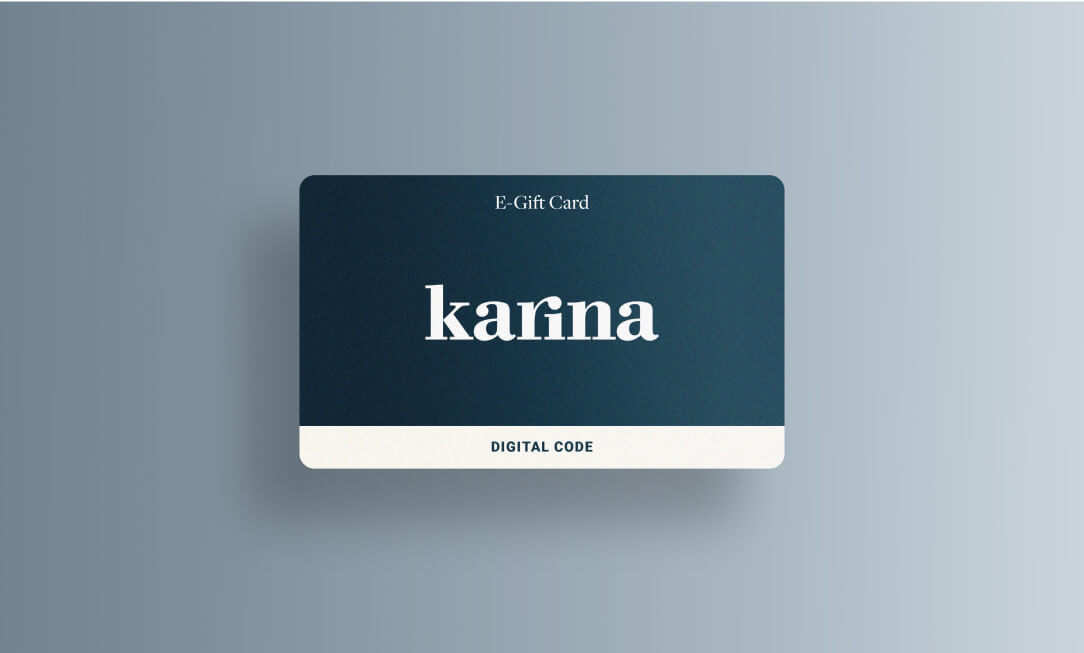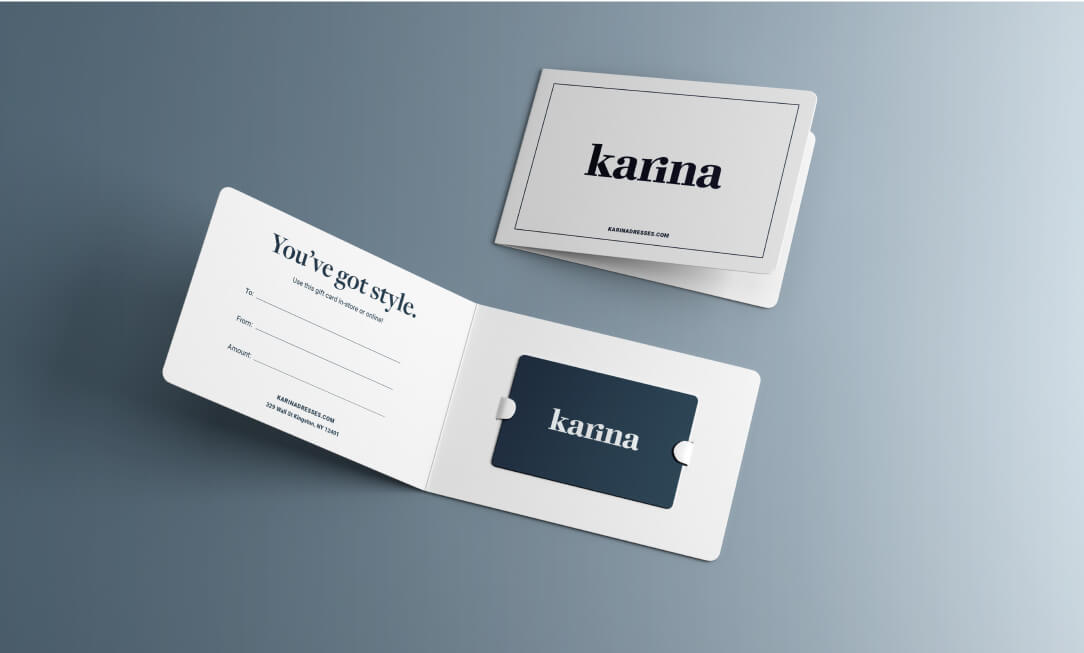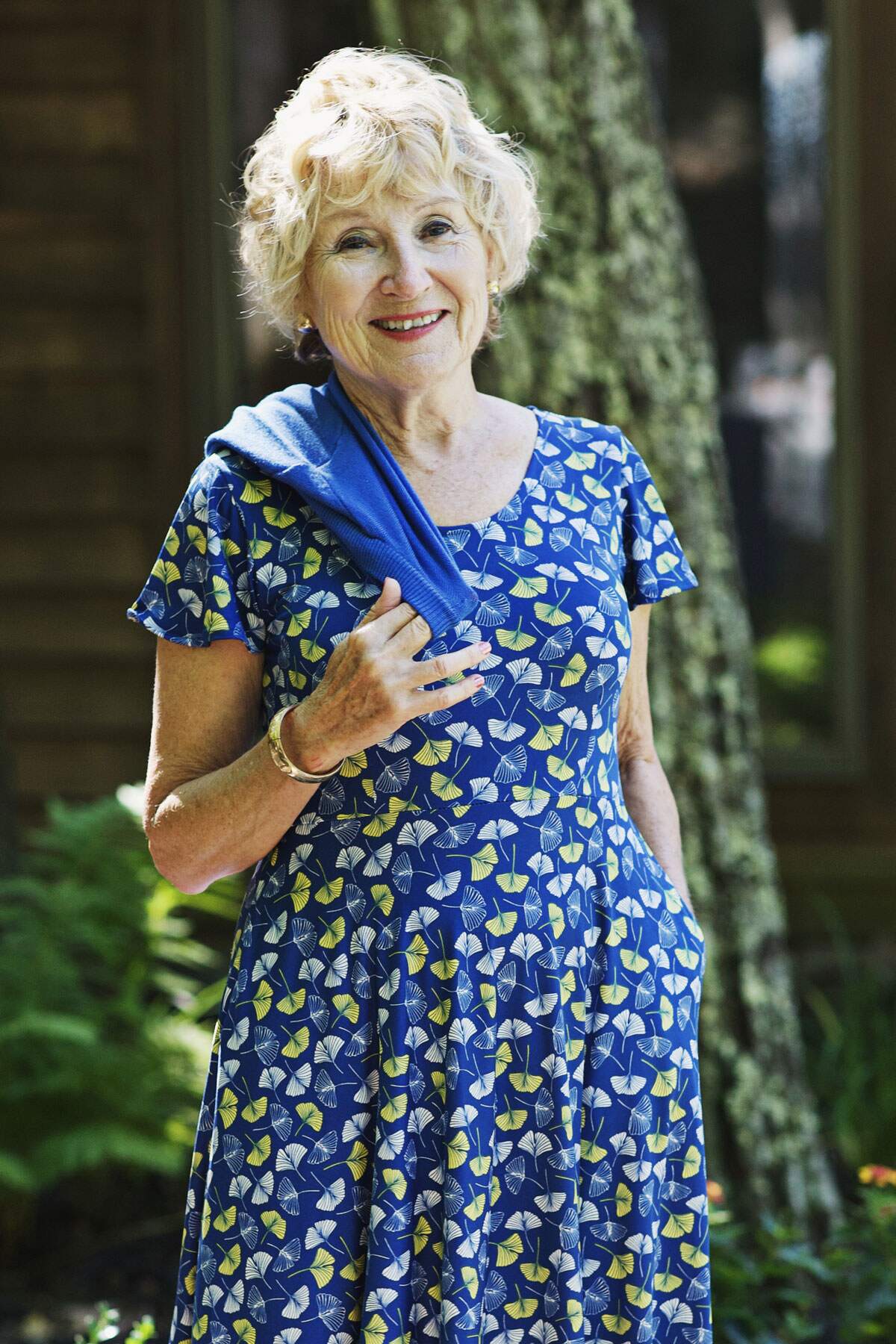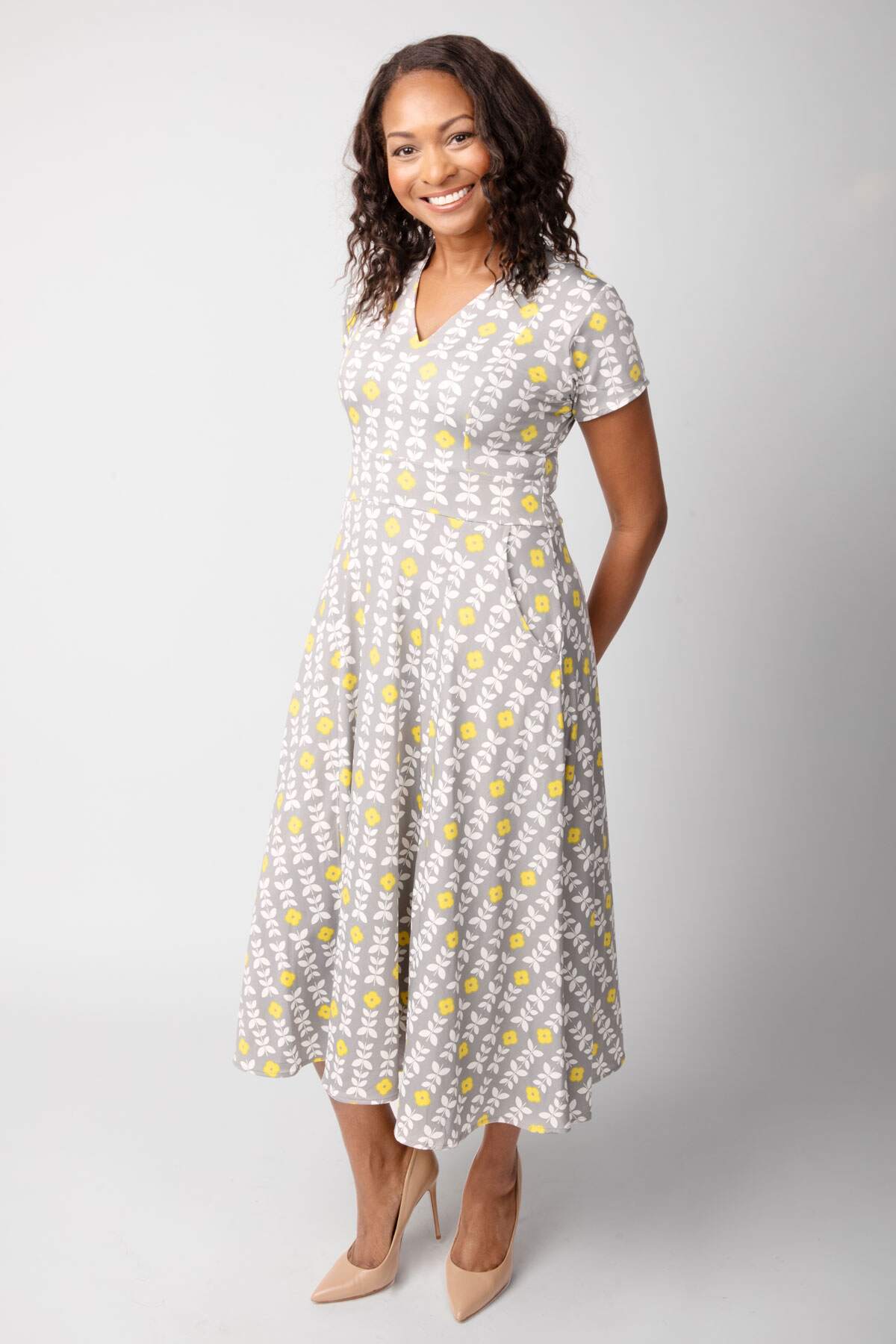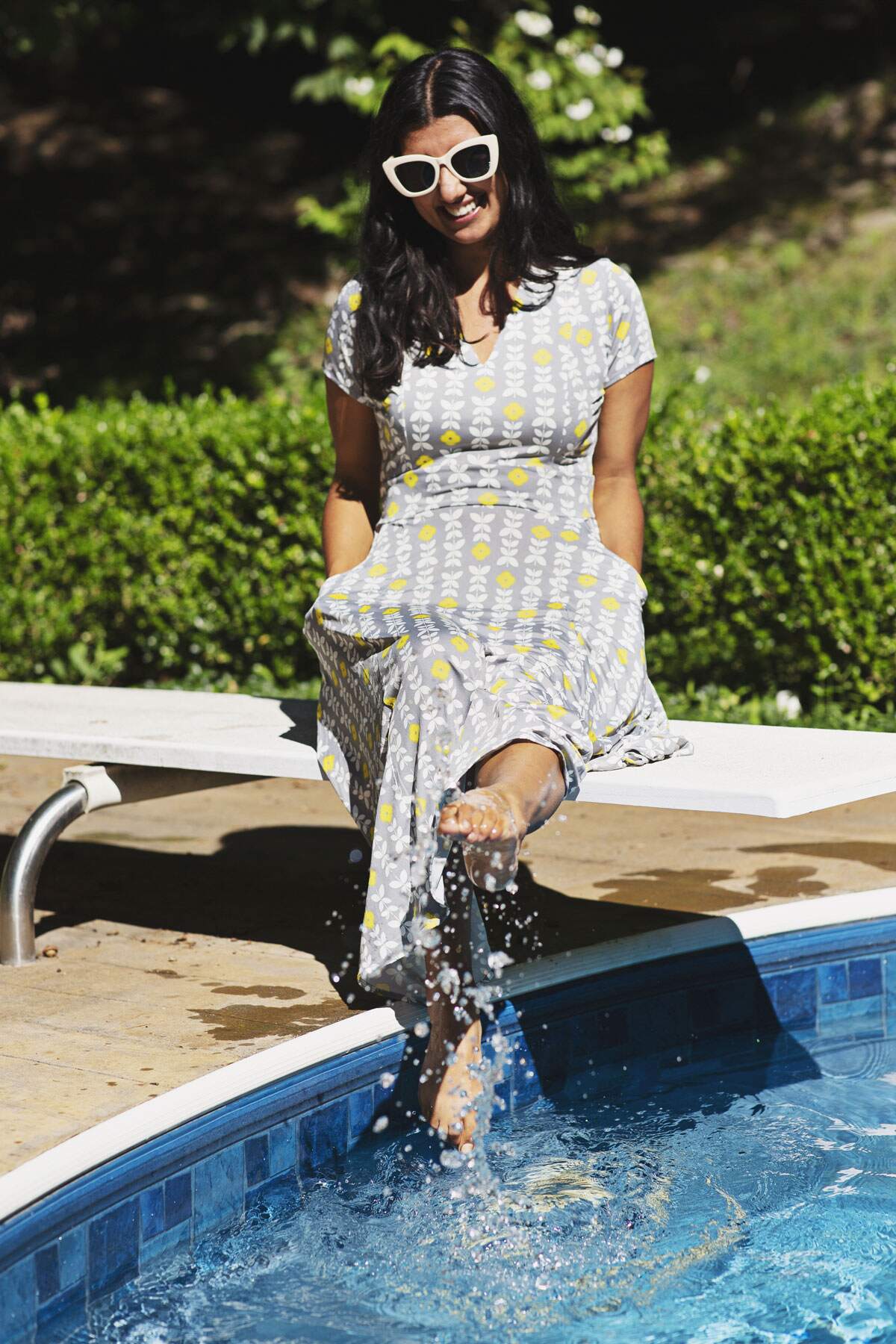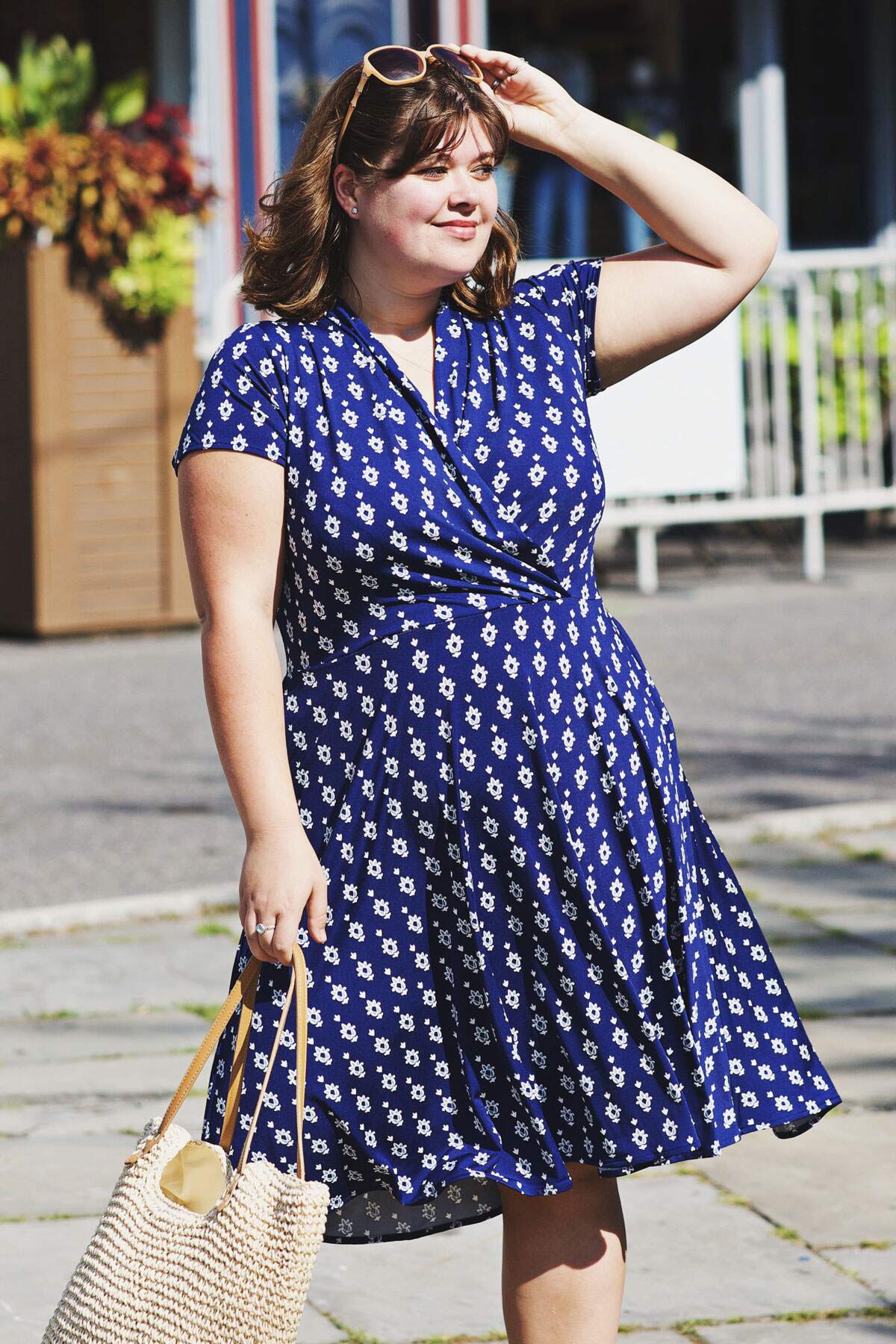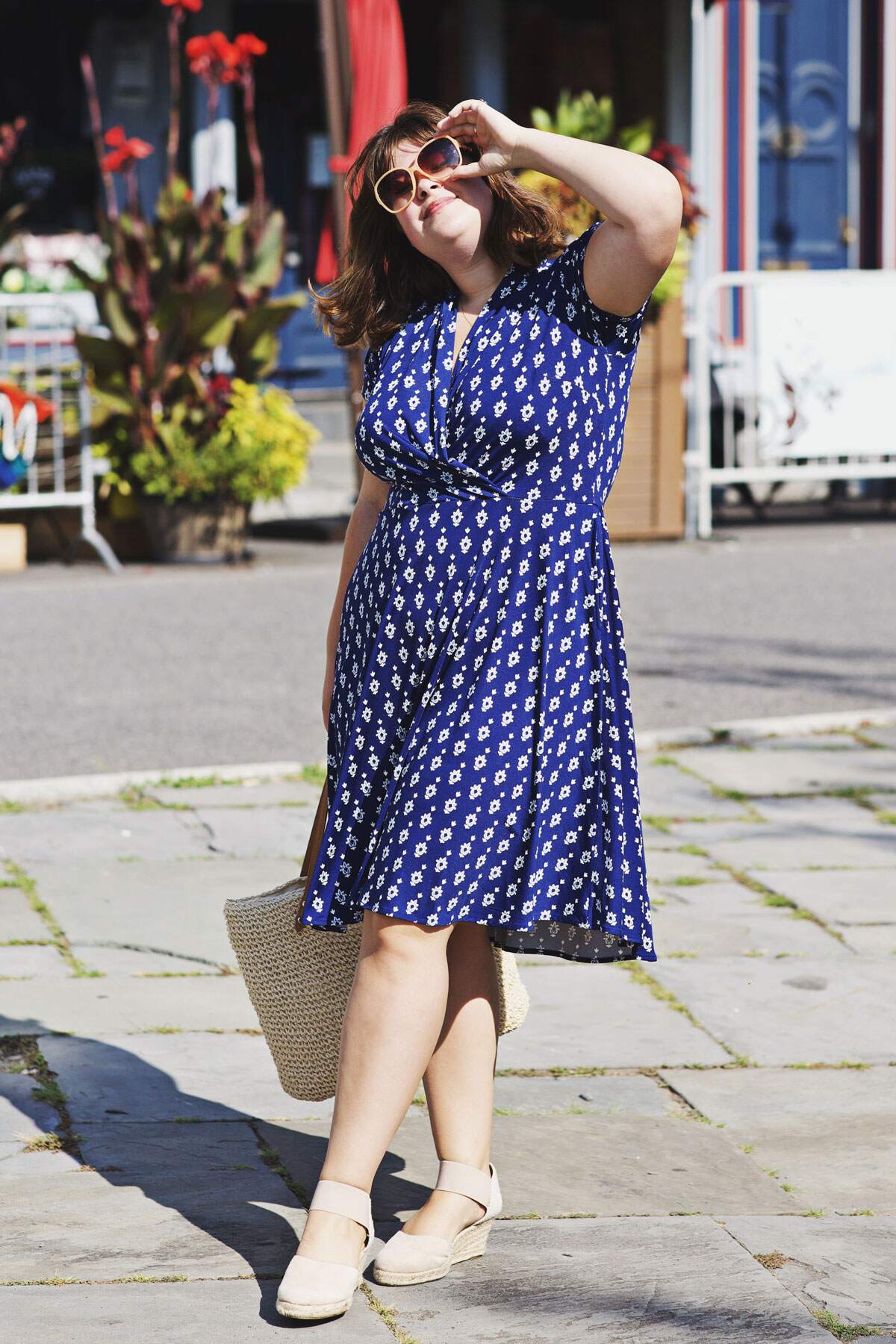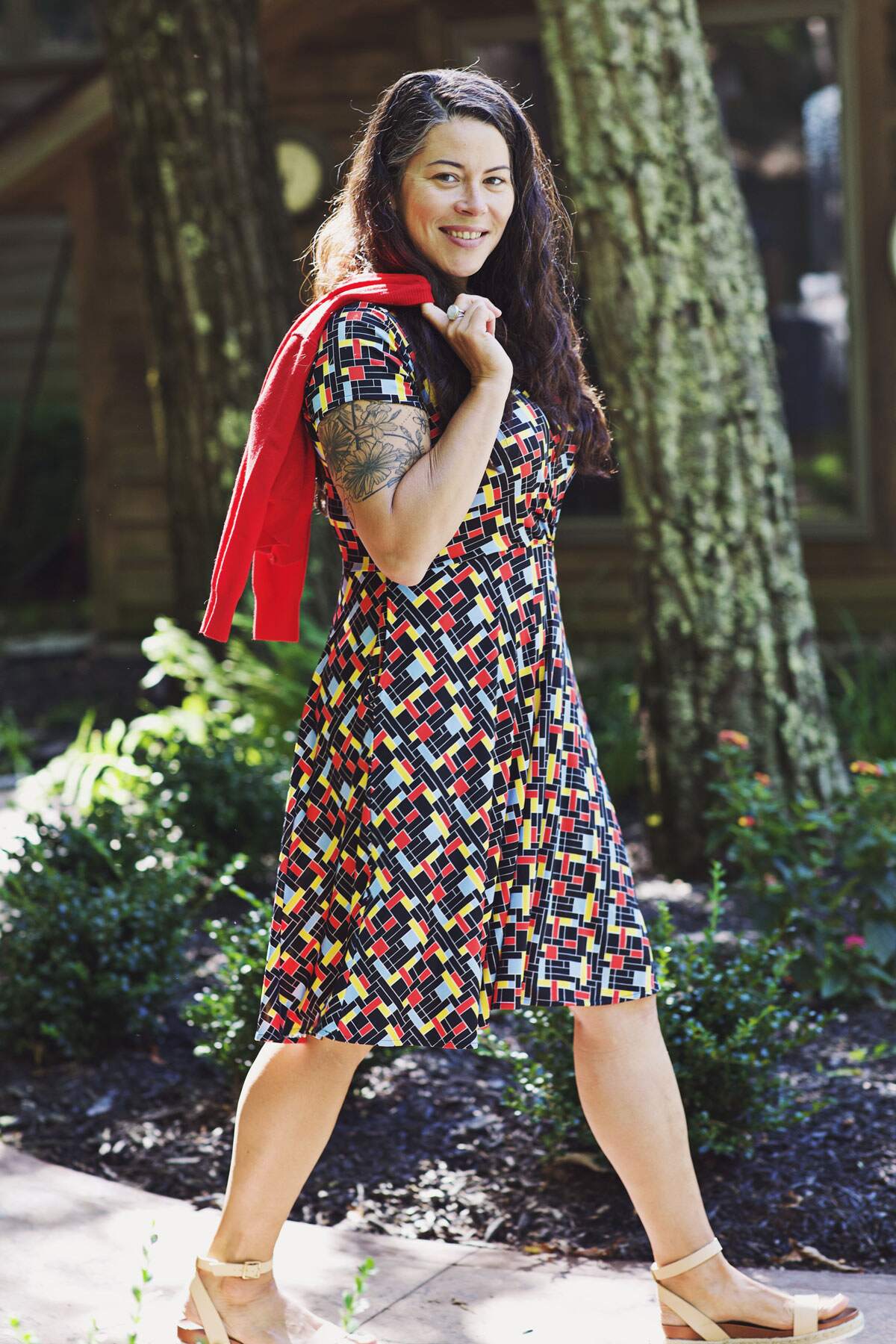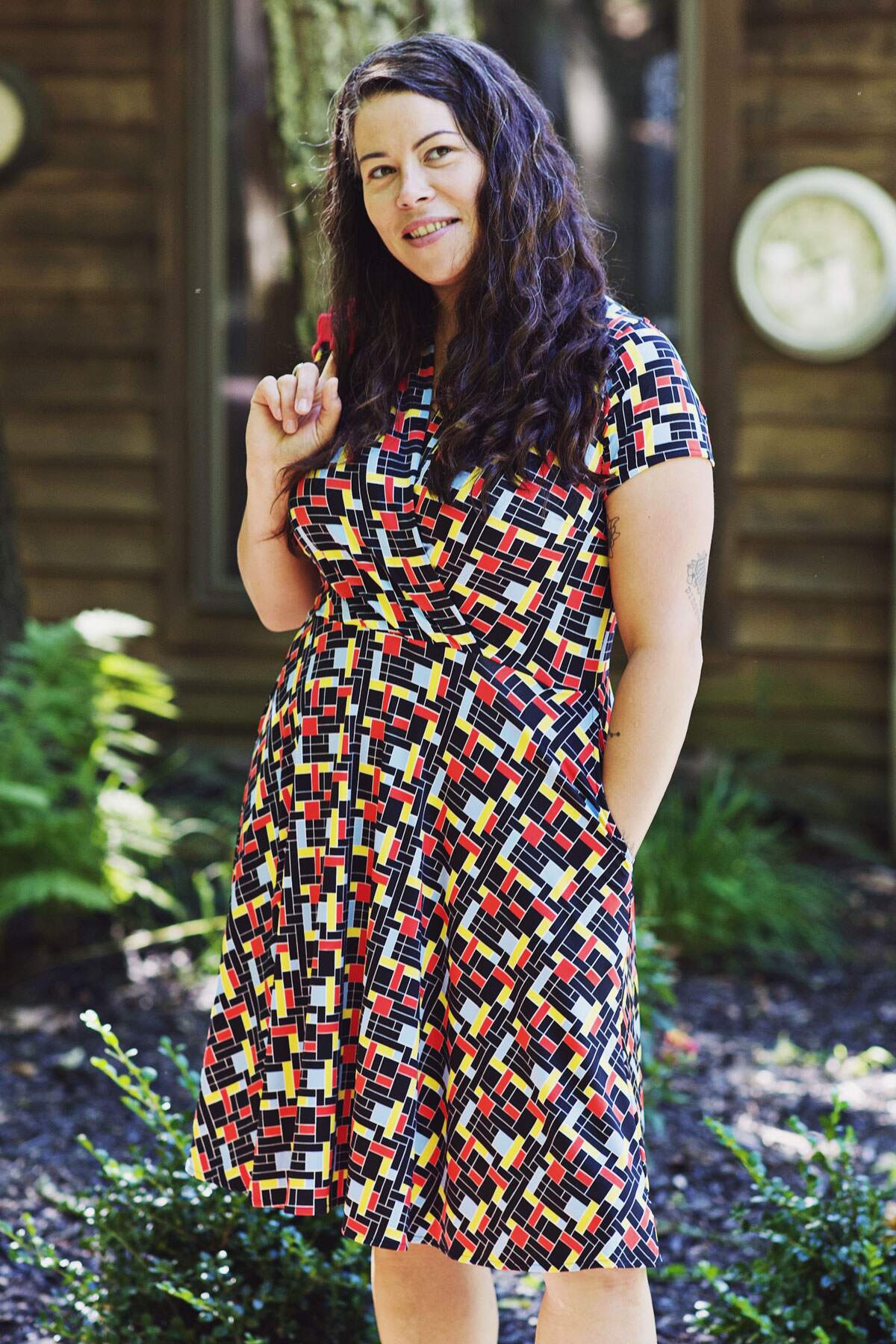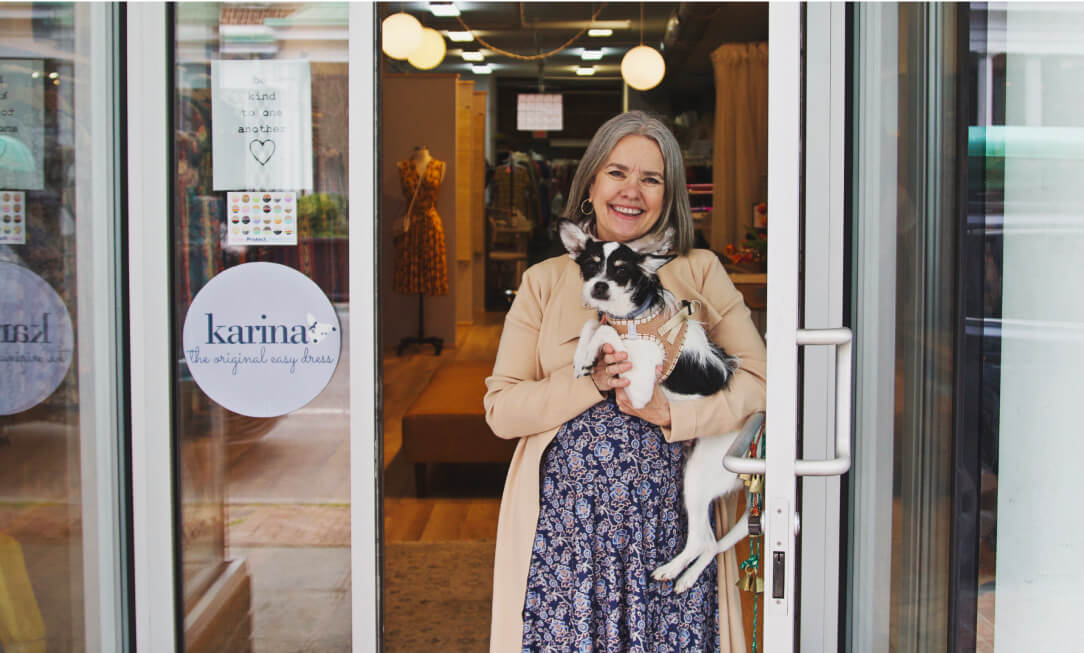This store requires javascript to be enabled for some features to work correctly.
-
Karina Consignment is now open! Take a look!
-
SALE ON SALE! 30% OFF ALL SALE DRESSES! NO CODE REQUIRED! FINAL SALE ITEMS CAN NOT BE RETURNED.
Shop for Your Easy Dress
Gift Cards
Give women what they actually want.
Shop the Look
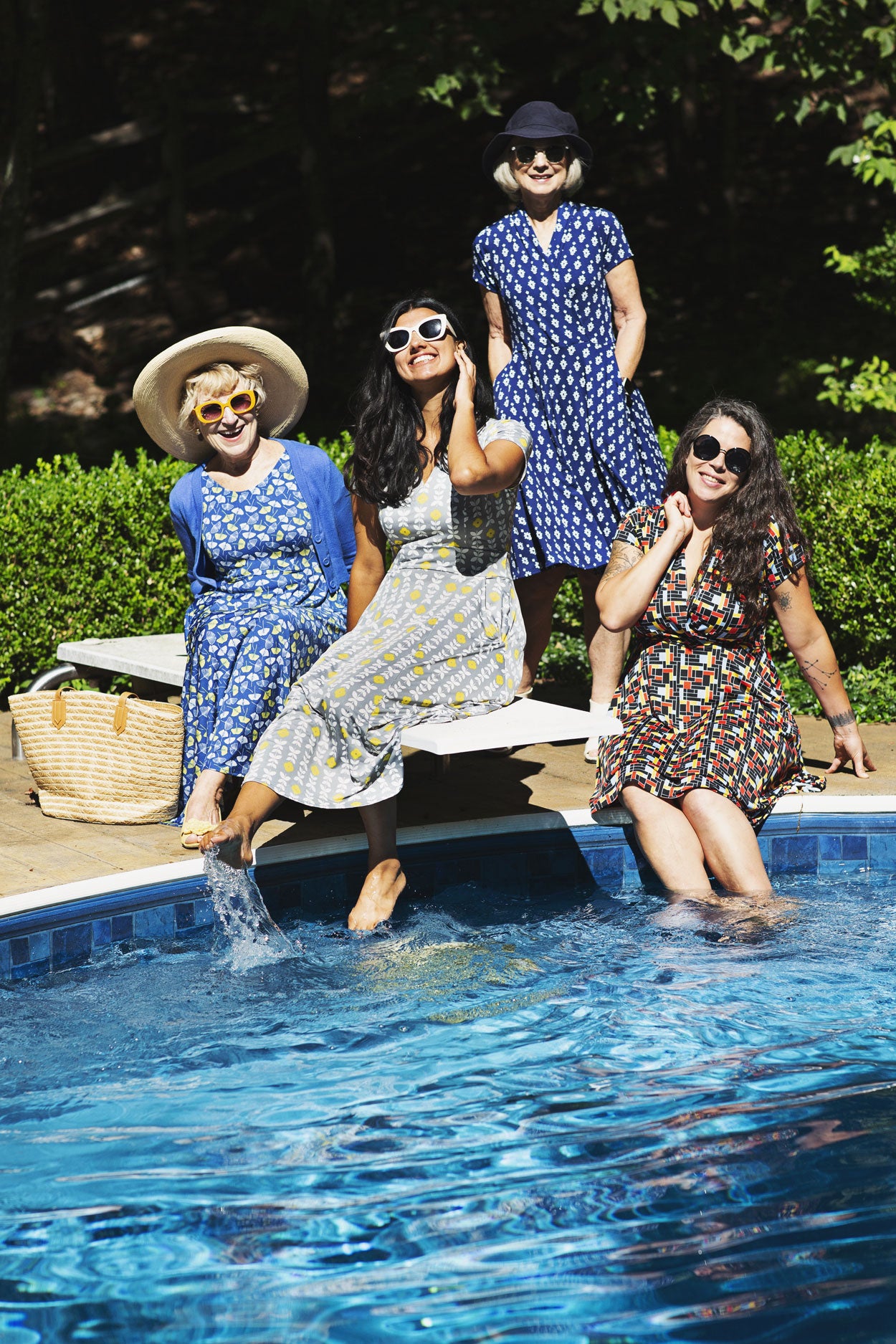
We’re swooning over these styles.
Nautical and bright. Retro and vibrant. Classic cool. The prints on our dresses are the perfect way to express yourself through style.
Shop PrintsWe’re swooning over these styles.
Nautical and bright. Retro and vibrant. Classic cool. The prints on our dresses are the perfect way to express yourself through style.
Shop Prints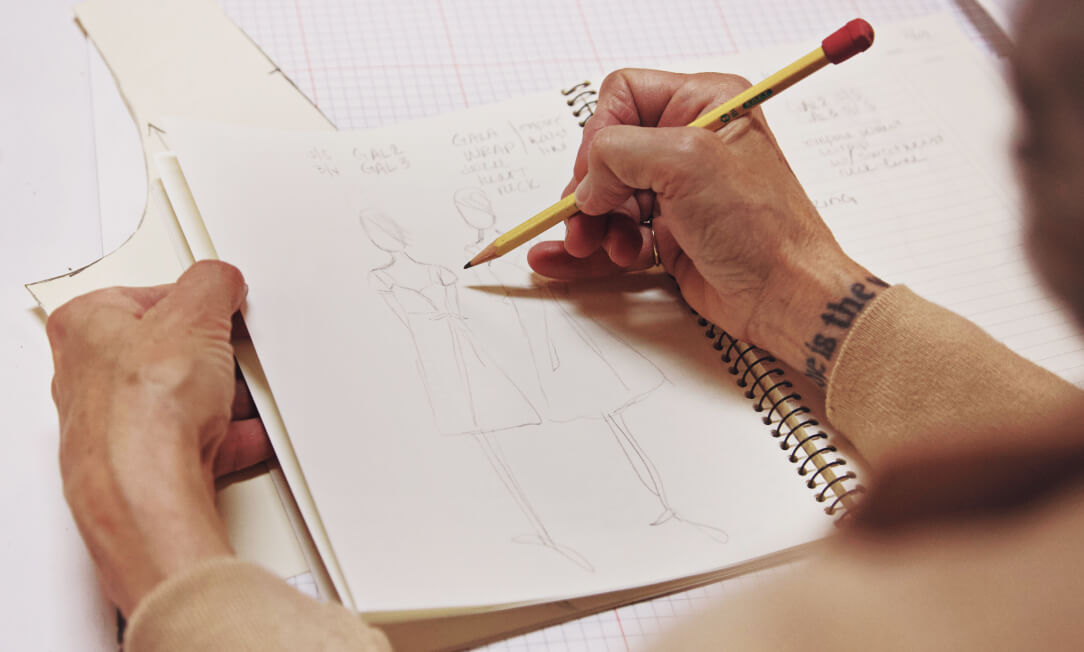
Meet the female artists inspiring us all.
We’re ecstatic to work with talented female artists around the world to bring original prints to our beautiful dresses.
Join our mailing list.
Be the first to know about new dresses, special promotions, and exciting happenings behind the scenes. Plus, unlock 15% off your first order just for signing up.

